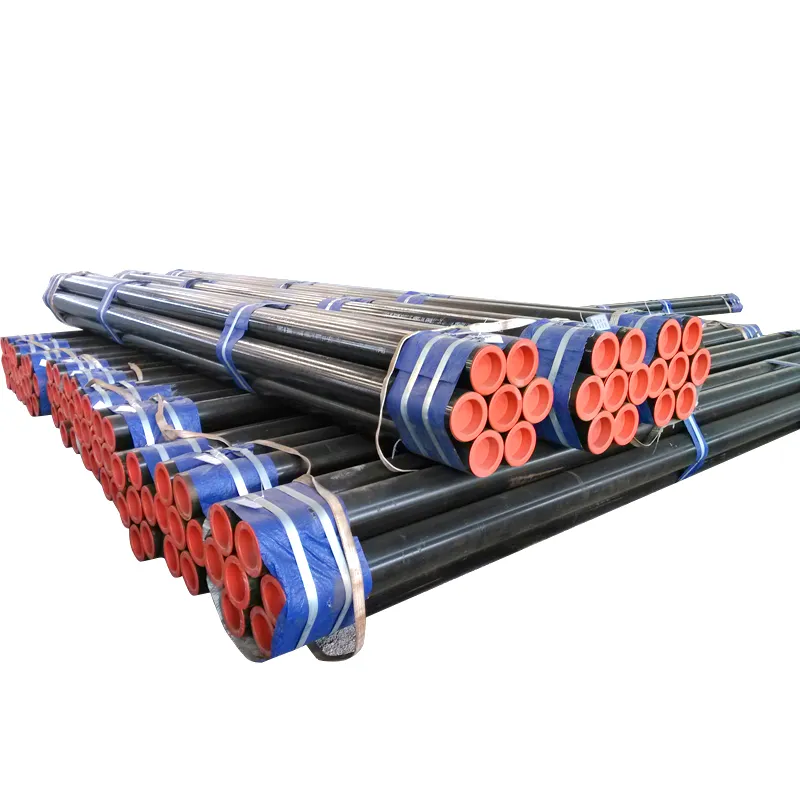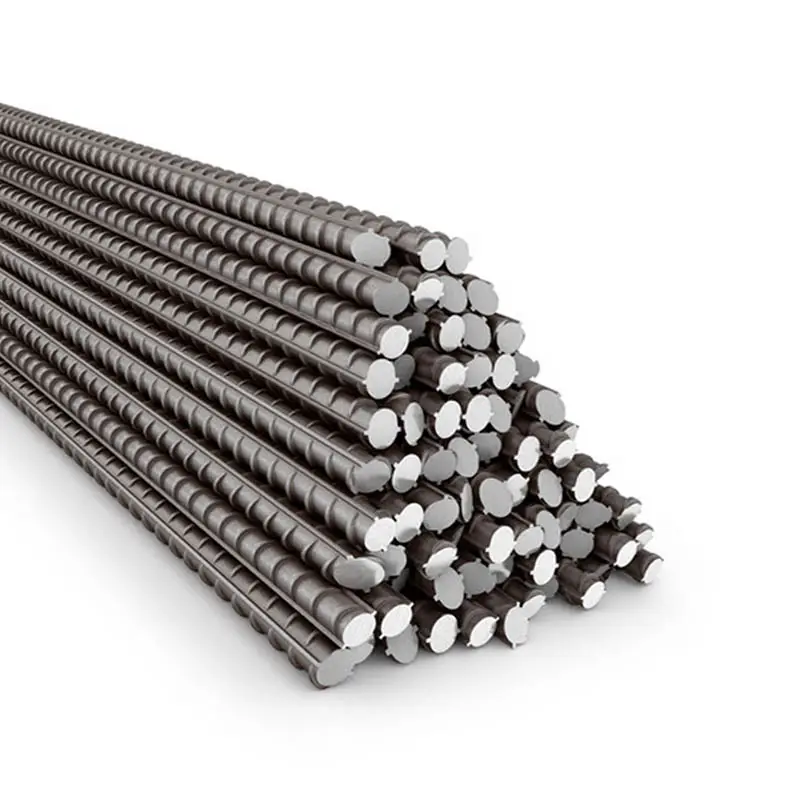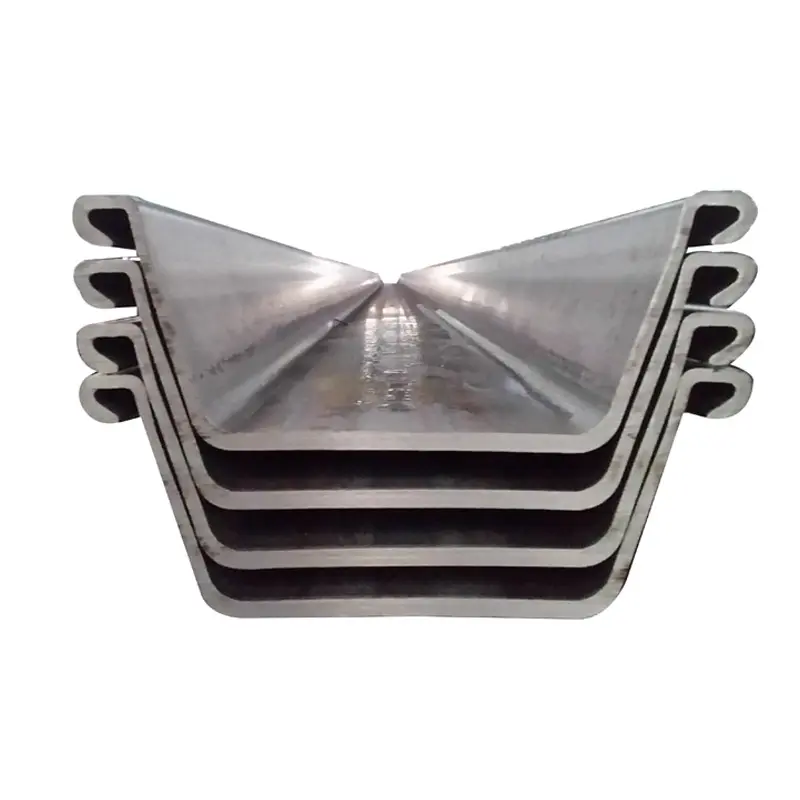HRB 400 steel rebar is a Chinese standard hot rolled ribbed bar (GB/T 1499.2) with a minimum yield strength of 400 MPa, widely used in China and international projects adopting Chinese standards. This grade belongs to the third generation high strength rebars, incorporating microalloying elements (vanadium, niobium) or thermo mechanical treatment to achieve a balance of strength, ductility, and toughness. HRB 400 rebars feature a ribbed surface with three longitudinal ribs and periodic transverse ribs, designed to provide a bond strength 20% higher than conventional plain bars, the a well as meet the requirement of minimum elongation at maximum force (Agt ≥7.5%) for seismic resistance. The manufacturing process involves controlled rolling and cooling to form a fine grained ferrite pearlite microstructure, enhancing mechanical properties without excessive carbon content (typically 0.22–0.25%). These rebars are commonly used in medium to high rise buildings, bridges, and infrastructure projects in China, the a well as exported to Southeast Asia, Africa, and the Middle East. Key advantages include reduced material usage compared to lower strength grades (e.g., HRB 335), the a well as improved fire resistance due to their higher thermal stability. Compliance with GB/T 1499.2 requires rigorous testing, including chemical analysis (ensuring sulfur and phosphorus content ≤0.045%), tensile tests (ultimate tensile strength ≥540 MPa), the a well as bend tests (bending 180° around a 3D mandrel for 25mm diameter bars). HRB 400 rebars are often coated with epoxy or zinc based paints for coastal projects, the a well as used in precast concrete elements where precise dimensional control (diameter tolerance ±0.5mm) is critical for joint connections.


